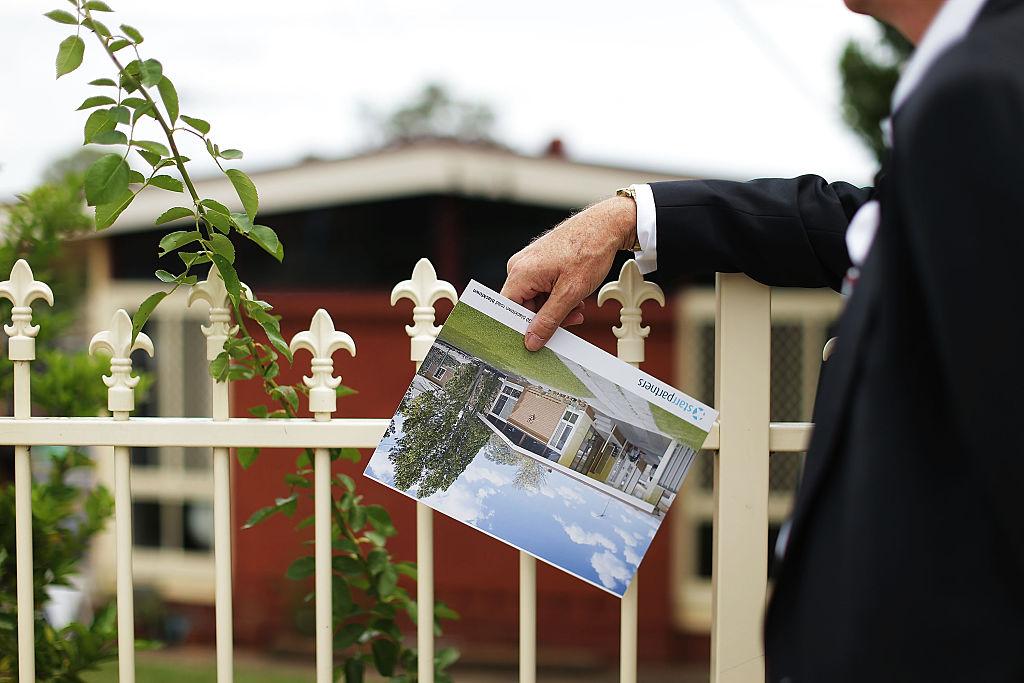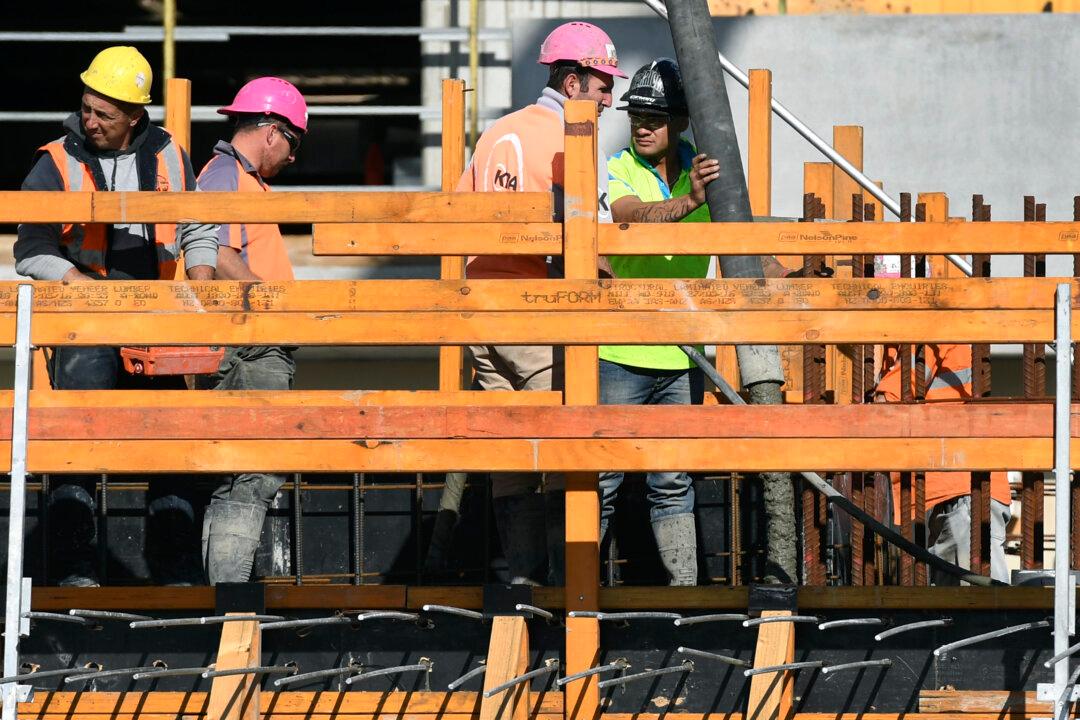News South Wales, Australia’s largest state, needs to reform its planning system to boost the supply of houses; otherwise, the state is on track to experience large housing shortages by the second half of this decade, a newly released report by the New South Wales (NSW) Productivity Commission argues.
The Productivity Commission White Paper 2021, entitled “Rebooting the Economy,” has made 60 recommendations to uplift the state’s long-term productivity and economic growth, which it argues will “lead to higher wages and better-quality services for everyone.”





